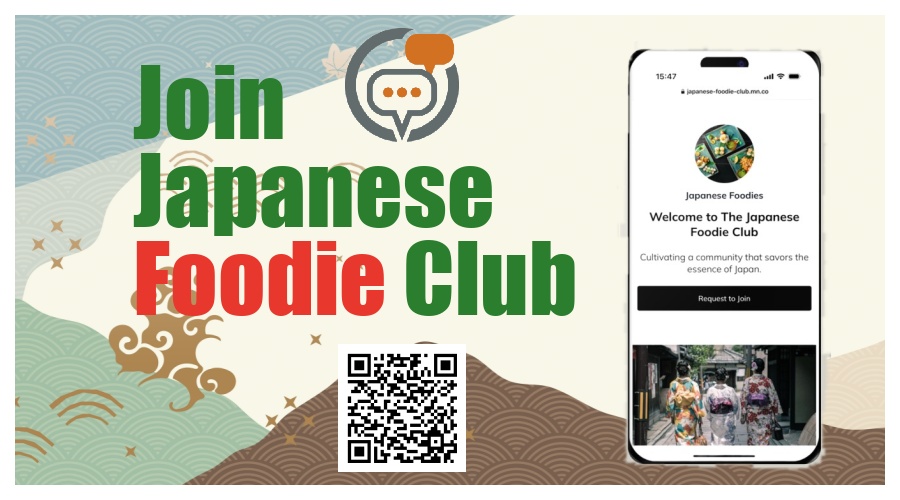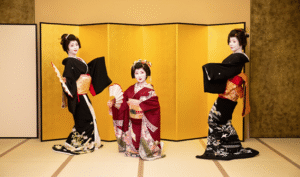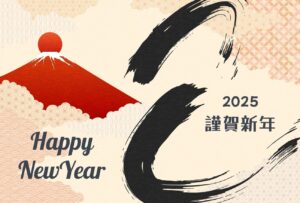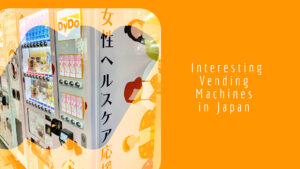Basic Japanese Social Etiquette in Three Situations

Whenever you travel somewhere new, it is important to have a basic understanding of cultural rules and etiquette in order to avoid misunderstandings or offending others. Japan has specific cultural manners in the home, in business practice, in public spaces, and throughout almost every aspect of daily life. It’s a good idea to get an understanding of these expectations before traveling to Japan. Here are some of the most common social etiquette practices in Japan.
In the Business World
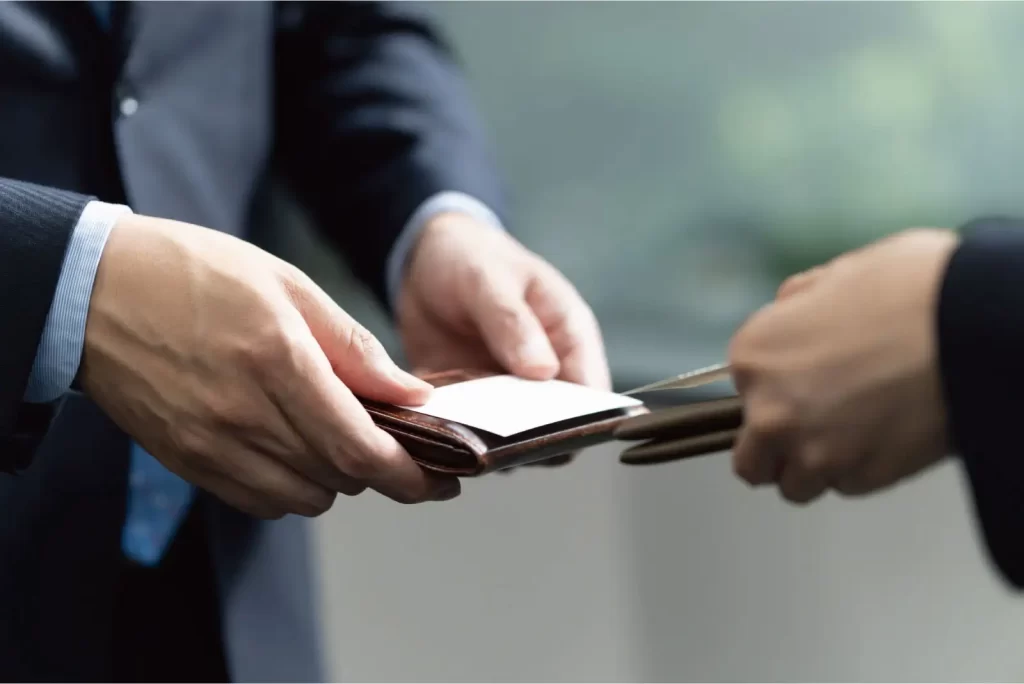
Proper etiquette in the business setting is vital to professional success in Japan, although when it comes to international business dealings, Japanese professionals tend to be understanding of cultural differences. That being said, it is still beneficial to be aware of proper manners in order to make a good impression. When entering a Japanese business meeting, usually the company will sit along one side of the table. The main person or representative the meeting is being held for is seated in the furthest from the door. This seating arrangement has deeper implications, as it formally structures the business team’s approach towards the individual or client. When entering a business meeting they will usually tell you where you should sit – but if they do not then it is a good idea to ask. Additionally, when greeting others in a Japanese business exchange there is no need to bow, as you may do it wrong. If it is culturally appropriate for you to bow and you know the correct way to do so, then it is appreciated, but it is acceptable to go with your typical handshake. Bowing and shaking hands at the same time is awkward and odd, so it is best to decide which one is more appropriate for you and stick to just one of the two. Business cards are often expected to be exchanged during business introductions, so it is a wise idea one to have one ready.
At the Restaurant
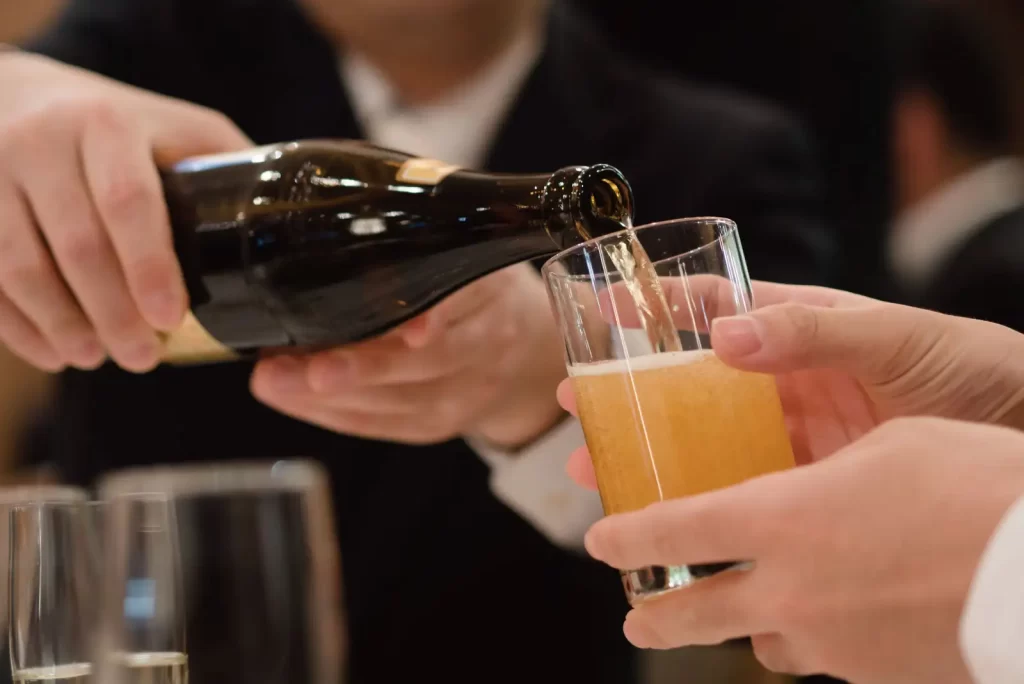
Food and dining is a huge part of Japanese culture and is unavoidable for any traveler, so knowing how to approach it correctly is a must. For one, it is inappropriate to eat from common dishes. It is better to take what you need from the shared plate and set it apart on your own plate and eat it from there. Additionally, when it comes to alcoholic drinks in dinner party settings, do not pour your own drink. Instead, pour drinks for others and someone should pour yours for you in return. In a more casual setting like a bar, it is an inconsiderate mood to begin drinking before a “cheers” is made. In addition to the cheers, the first drink consumed should usually be the same amongst the entire drink – for example if you are taking shots they should all be sake for that first toast. Chopsticks are not toys, and should not be played with as such. During your meal, use the chopsticks sparingly, as to avoid flinging around food or disrespecting the traditional cultural meaning behind their use. Same goes for oshibori, or warm towelettes used before or after meals. Oshibori should not be used on the face or as a napkin throughout the meal, but rather as a way to clean yourself before and after. Shops and restaurants will greet you with a friendly “irasshaimase!”. No long response is expected from this greeting, but to show kindness it is a good idea to give a smile and nod in response.
On the Street
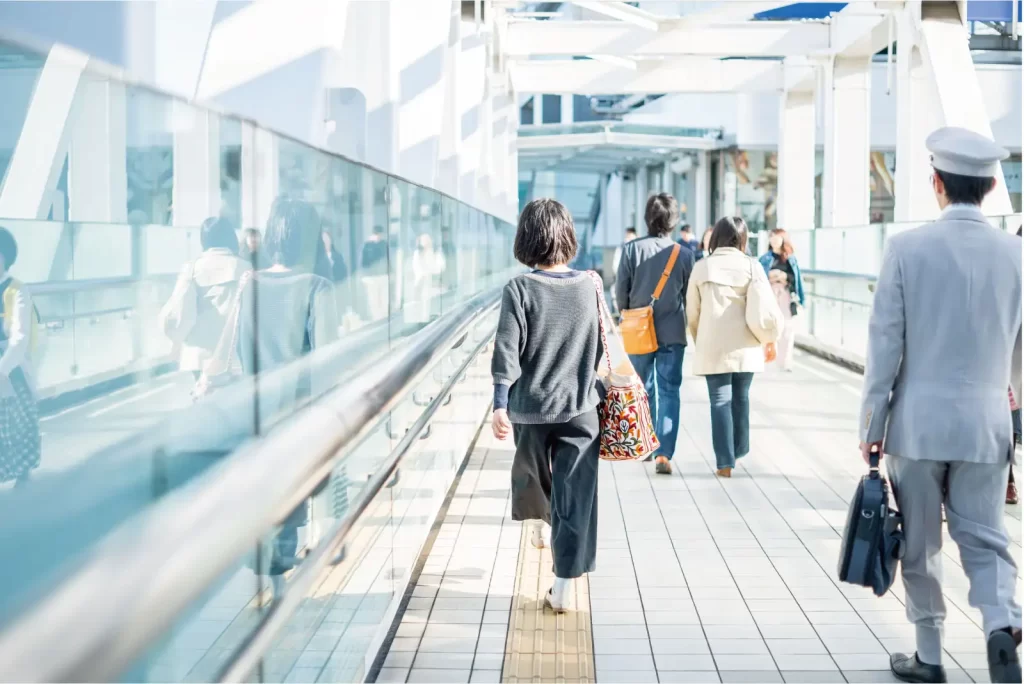
Japanese streets can be a bit chaotic and busy, so it is important to know what you’re doing so you don’t make it any more stressful for yourself and those around you. It’s vital to note that in most countries, people walk on the side of the street that they drive. This rule indicates that Japanese pedestrians should walk on the left, although not everyone will follow this idea. To avoid bumping into anyone, stay on the left side and do not block others with your luggage. The idea of being conscious of your luggage carries into public transportation as well. Loitering and being spatially unaware can annoy those around you, so try to be considerate of this. As you’re walking around, remember that eating while walking is considered very rude in Japan. You’re better off finding a bench or table to sit at to fully enjoy your food. However, be mindful that there are not many public trash bins on Japanese streets, and it is expected to hang onto any trash you accumulate until you go home or to your hotel.

